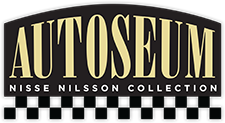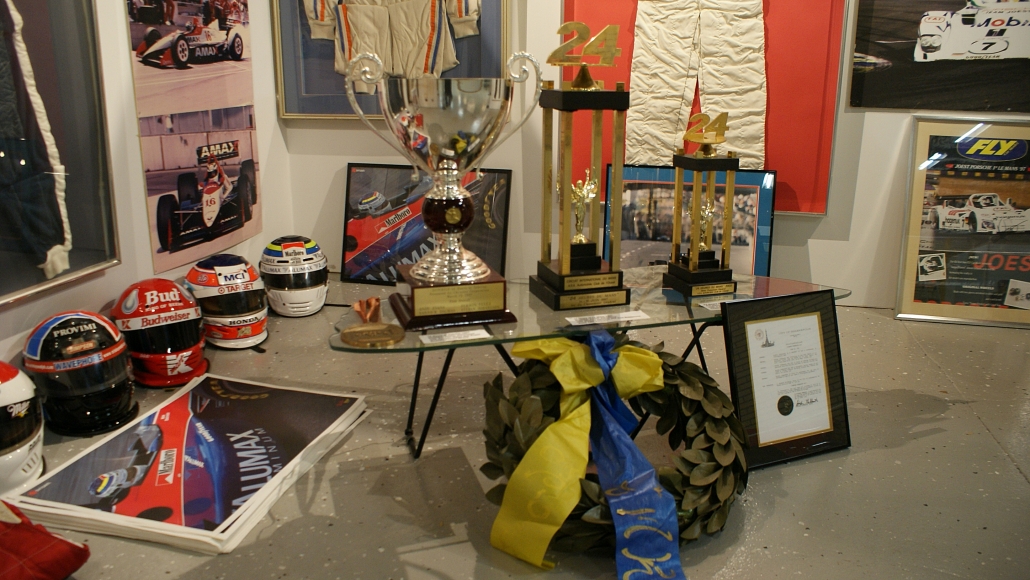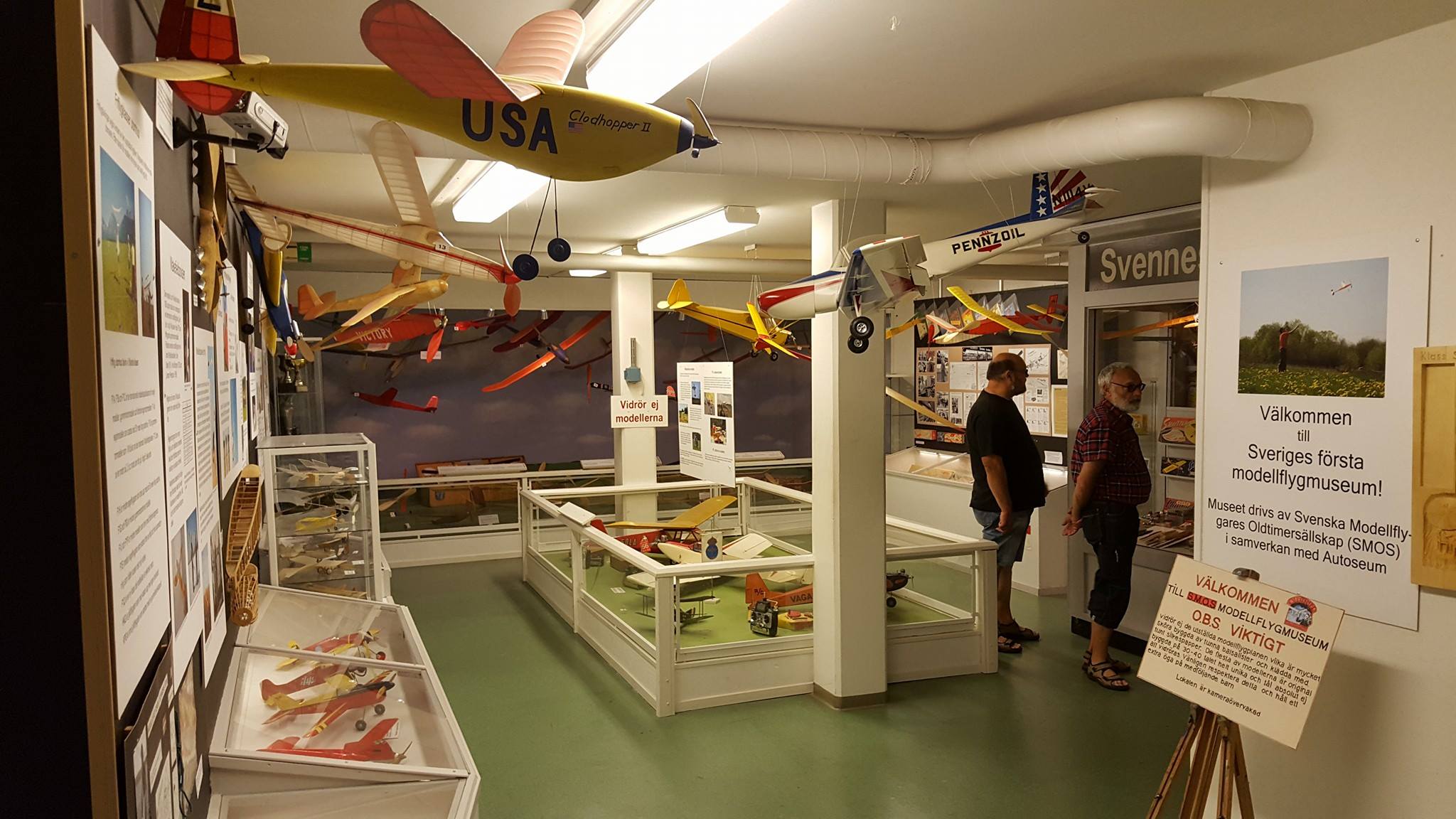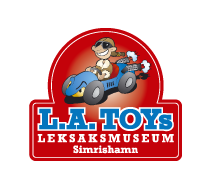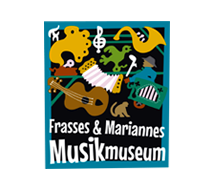Nils-Oscar palace
2018, Autoseum celebrated its 10th anniversary. This was noticed in a very special way. Nils Oscar Nilsson and his father-in-law Nils Oscar Nordström were honored by the opening of Nils-Oscar Palace. It is these two gentlemen who created the economic conditions for making Autoseum one of Europe’s foremost museums. In a separate showroom in the best Las Vegas style, there are unique vehicles, slot machines, roulette tables and everything else that belongs to this world’s perhaps most spectacular entertainment metropolis.
Las Vegas ♥ Autoseum = True
Kids’ Autoseum
The big news in 2016 was that the children got their own separate museum. Lots of exciting toys from both past and present. Free admission for children up to 12 years old, in company with parents who visit the museum.
Stefan “Lill-Lövis” exhibition
One of Swedish car sports major icons, Stefan “Lill-Lövis” Johansson, has a new separate exhibition.
This reflects his successful career, including almost 100 starts in Formula 1, Le Mans victory and much more. His go-cart, his first car (a FIAT) and not least a McLaren F1, trophies, overalls, helmets, and a rich image material make this something extraordinary.
Swedish motorsport history
This exhibition tells the story of Swedish Motorsport from the early 1900s to today. An extensive photo collection and race cars from different eras make this a really thrilling addition.
Model plane exhibition
A unique model plane exhibition – the only one of its kind in Sweden.
Frasses & Mariannes music museum
Frasse read about Thomas Alva Edison for the first time in 1964 and he was so captivated by the man often called America’s greatest inventor that he became an eager student of his work and a prolific collector of Edison phonographs. Frasse’s collection is now one of the world’s finest.
Frasse and his partner Marianne opened their museum in 1981 in the home they shared on Peder Mörck Street here in Simrishamn. Now Frasse could combine his job at Lundqvist’s Fish Shop with the job of curator of his own museum.
The collection had attracted international attention even before the museum opened as Frasse corresponded regularly with several museums all over the world and was frequently consulted by the Edison Museum in the USA.
Besides gramophones and phonographs, the collection contains many other musical machines, such as musical boxes and melodious barrel organs that Frasse and Marianne loved to play at outdoor events from time to time.
During the many years it was open, Frasse’s Music Museum attracted not just the general public but many dignitaries from all over the world, and visitors were always delighted and impressed by this unique collection. The museum was open until 2006. John Fransson, or “Frasse” as everyone called him, began collecting funnel gramophones in 1959 and he spent five busy years assembling the foundation of his impressive collection. He often came across artefacts as he drove around the rural areas of Österlen in his meat delivery van.
John Fransson was born on 24 November 1920 in the parish of Fågeltofta. He died on Christmas Eve 2009. His partner Marianne Nilsson died in 2012.
Their entire collection, now preserved for posterity in the Frasse’s and Marianne’s Music Museum Foundation, is here for you and all our other visitors to see and admire, and we hope you feel the same great respect for their legacy that we do.
Gösta Werner
Gösta Werner’s artwork “Globe” was commissioned by the Swedish Arts Council for the opening of Göteborg – Landvetter Airport in 1977. The artwork was executed by Handarbetets Vänner in Stockholm in spinnaker cloth. The original supporting steel frame was manufactured by Gärsnäs AB. For the placement of the artwork at Autoseum 2016, the structure has been reconstructed. During the years 1977-2003, when the artwork was placed at Landvetter, it was equipped with a motor that made the globe rotate. The artwork is on loan from the Swedish Arts Council to the Gösta Werner Society in Simrishamn for display at the Autoseum. (Henrik Orrje
2016-04-08)
The globe was “made” for the opening of Gothenburg – Landvetter Airport in 1977. It was made by Gösta Werner in spinnaker cloth and measured 2.75 m in diameter stretched on a steel skeleton made at Gärsnäs AB. The assembly was done in cooperation with “Handarbetets Vänner”. It adorned Landvetter’s check-in hall until around 2000, when it was taken down in connection with renovation work.
In addition to the geographical background, it contains meteorological phenomena in the form of weather fronts and wind belts related to Göstas Werner’s background as a sea captain and meteorologist.
The installation of the “globe” at Landvetter attracted the attention of SVT combined with an interview programme about Gösta’s experiences at sea (Björn Hellroth 2016-02-16).
